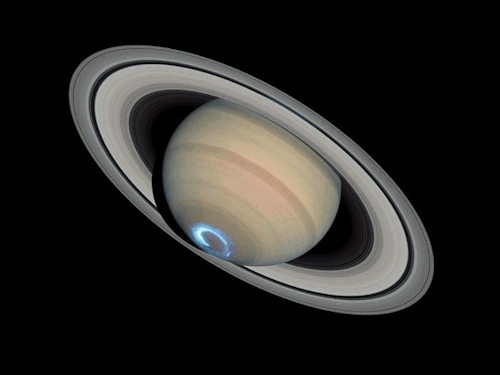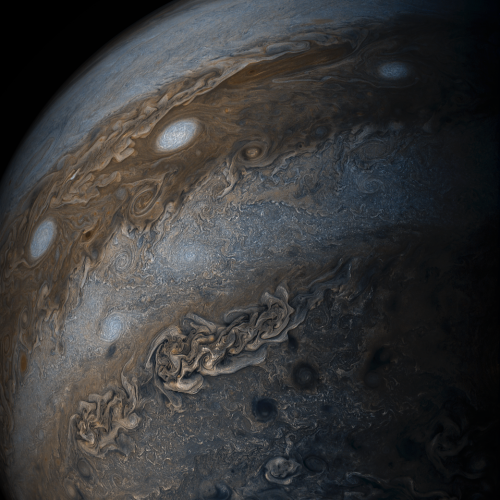The Dusty, Star-forming Galaxy Took Shape in The First Billion Years After The Big Bang And Is Likely
The dusty, star-forming galaxy took shape in the first billion years after the Big Bang and is likely to be one of the first galaxies to ever form, says Min Yun, astrophysicist of the University of Massachusetts Amherst.
More Posts from Xyhor-astronomy and Others

A wispy and filamentary cloud of gas and dust, the Crab nebula is the remnant of a supernova explosion that was observed by Chinese astronomers in the year 1054.
The image combines Hubble’s view of the nebula at visible wavelengths, obtained using three different filters sensitive to the emission from oxygen and sulphur ions and is shown here in blue. Herschel’s far-infrared image reveals the emission from dust in the nebula and is shown here in red.
Credit: NASA/ESA/Hubble

Sequence of images of auroras seen at the south pole of Saturn. Images combine visible and ultraviolet light.
Credit: NASA, ESA, J. Clarke (Boston University, USA), and Z. Levay (STScI)

NASA’s Juno Probe Returns Stunning New Image of Jupiter
http://www.sci-news.com/space/juno-image-jupiter-05256.html

The missing links between galaxies have finally been found. This is the first detection of the roughly half of the normal matter in our universe – protons, neutrons and electrons – unaccounted for by previous observations of stars, galaxies and other bright objects in space.

A false-color image of the mid-infrared emission from the Great Galaxy in Andromeda, as seen by Nasa’s WISE space telescope.
Credit: NASA/JPL-Caltech/WISE Team

Jupiter’s Bands of Clouds
This enhanced-color image of Jupiter’s bands of light and dark clouds was created by citizen scientists Gerald Eichstädt and Seán Doran using data from the JunoCam imager on NASA’s Juno spacecraft.
Three of the white oval storms known as the “String of Pearls” are visible near the top of the image. Each of the alternating light and dark atmospheric bands in this image is wider than Earth, and each rages around Jupiter at hundreds of miles (kilometers) per hour. The lighter areas are regions where gas is rising, and the darker bands are regions where gas is sinking.
Credits: NASA/JPL-Caltech/SwRI/MSSS/Gerald Eichstädt /Seán Doran
The Xpand Your Horizons Family just got bigger! Check out the new pages!
Xpand Your Horizons w/ Paleontology: https://m.youtube.com/playlist?list=PLHFUouhBXdXF6kf0dbsVRghNyDzscVcKc
xyhor-paleontology: https://xyhor-paleontology.tumblr.com
Xpand Your Horizons w/ Archaeology: https://m.youtube.com/playlist?list=PLHFUouhBXdXF6kf0dbsVRghNyDzscVcKc
xyhor-archaeology: https://xyhor-archaeology.tumblr.com
Don’t forget to check out the rest of the family too: https://xpandyourhorizons.tumblr.com/xyhor-family

A slow-motion animation of the Crab Pulsar taken at 800 nm wavelength (near-infrared) using a Lucky Imaging camera from Cambridge University, showing the bright pulse and fainter interpulse.
Credit: Cambridge University Lucky Imaging Group

Massive Stars in Open Cluster Pismis 24
How massive can a normal star be? Estimates made from distance, brightness and standard solar models had given one star in the open cluster Pismis 24 over 200 times the mass of our Sun, making it a record holder. This star is the brightest object located just above the gas front in the above image. Close inspection of images taken recently with the Hubble Space Telescope, however, have shown that Pismis 24-1 derives its brilliant luminosity not from a single star but from three at least. Component stars would still remain near 100 solar masses, making them among the more massive stars currently on record. Toward the bottom of the image, stars are still forming in the associated emission nebula NGC 6357, including several that appear to be breaking out and illuminating a spectacular cocoon.
Credit: NASA, ESA and J. M. Apellániz (IAA, Spain)
How to Discover a Planet: A short step-by-step guide on how each of our planetary neighbors were originally discovered.
For more content, Click Here and experience this XYHor in its entirety!Space...the Final Frontier. Let's boldly go where few have gone before with XYHor: Space: Astronomy & Spacefaring: the collection of the latest finds and science behind exploring our solar system, how we'll get there and what we need to be prepared for!
128 posts